Exmouth Western Australia
Vacuum Sewerage technology has been fantastic for developers. Many areas that were once thought too difficult or expensive to sewer have now opened up.
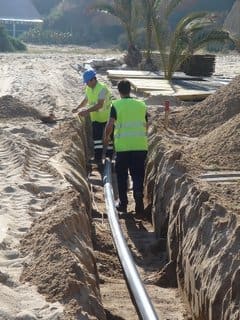 Vacuum sewerage systems almost always cost less to install and less to maintain than traditional gravity systems, and certainly less than pressurized systems with grinder pumps. A single vacuum pump station will usually be sufficient to support an entire project.
Vacuum sewerage systems almost always cost less to install and less to maintain than traditional gravity systems, and certainly less than pressurized systems with grinder pumps. A single vacuum pump station will usually be sufficient to support an entire project.
- Lower Cost Installation
- Easy maintenance
- Environmentally Friendly
- Easier Staging
- Low Initial Capital Costs
- Ease of Installation
- Single Pump Station
- Versatile location for VPS
The shallow trenching and small diameter pipework ensures a speedy cost effective installation. This ensures less conflicts with other services to be installed.
Plug and Play Temporary Pump Stations can offer developers great flexibility with designs, fitting into important cash flow considerations. Read How
Cost Savings
A vacuum sewerage system almost always costs less to install than a gravity flow system because our vacuum system uses small pipe in shallow, narrow trenches, and there are no manholes. Once installed, it continues to save money because the tight system eliminates inflow and infiltration (I&I). This is even more important if you are charged by the gallon when treatment is by others.
Less Intrusive
Shallow, narrow trenches and absence of manholes also mean there is less surface disruption than with gravity systems which must follow favorable topography. Gravity systems can result in manholes, multiple pump stations, potential for odor, and ex-filtration. All this can be eliminated with a vacuum system.
 Deferred Costs
Deferred Costs
Some costs of a vacuum sewerage system can be deferred. For instance, vacuum valves do not have to be installed until a property is sold. This cost can be added to the selling price of the lot.
Overcome Site Conditions
A vacuum sewerage system can be used to overcome site difficulties such as flat land, sandy or acid-sulphate soils, high groundwater, and rock, which are common in new developments. Because the horizontal and vertical direction of our sewer mains may be changed easily, developers have more flexibility in site configuration and lot layout.
Accepted Superior System
Many times, developers install sewer systems that will be operated and maintained by others. Often, the final owner is not aware of vacuum or its track record as a proven, reliable alternative to gravity-flow systems. We are available to help you design the perfect system for your needs, and to help explain its features and benefits to others.
Easy Staging
With conventional gravity sewers, as you add new stages to your development, the large equipment, blasting, and deep open trenches increase the dirt, danger, and disruption to existing homes and children who live there. These negatives are minimized with vacuum.
State-of-the-art Technology
The entire collection network is connected via IOT wireless communication protocols. This can help with line testing during construction, notification of inspectors when houses are connecting and integrate fully with utility SCADA networks.
Space Saving
A vacuum station can replace five or six lift stations necessary in a gravity-flow system. With vacuum, that land is available for profitable home sites. This also minimizes hard to sell lots. Nobody wants to live next to a lift station.

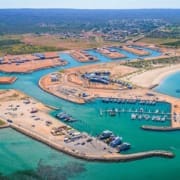
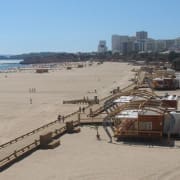
 Vacuum sewerage systems almost always cost less to install and less to maintain than traditional gravity systems, and certainly less than pressurized systems with grinder pumps. A single vacuum pump station will usually be sufficient to support an entire project.
Vacuum sewerage systems almost always cost less to install and less to maintain than traditional gravity systems, and certainly less than pressurized systems with grinder pumps. A single vacuum pump station will usually be sufficient to support an entire project.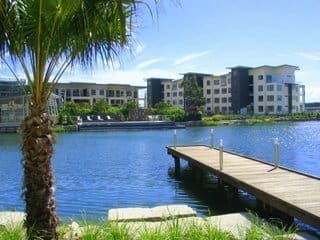 Overcome Site Conditions
Overcome Site Conditions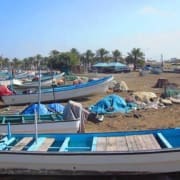
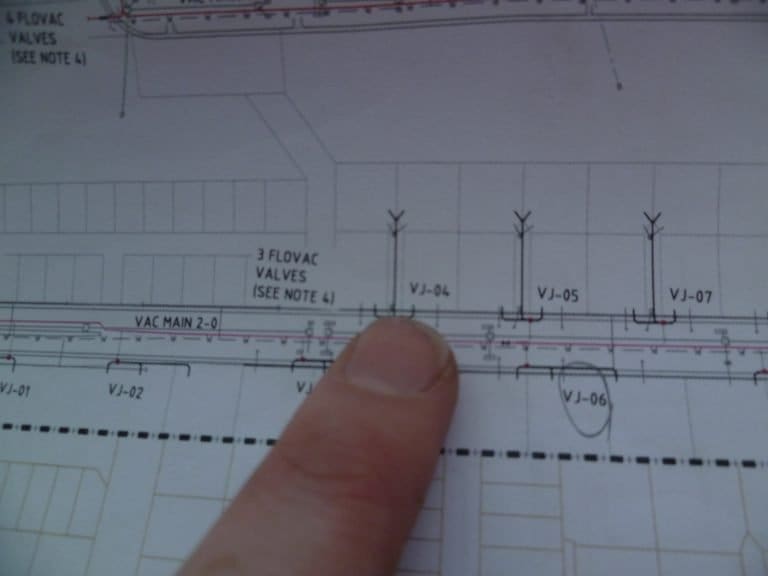 If you would like a free concept design or budget price for your project, our engineering team will require the following information.
If you would like a free concept design or budget price for your project, our engineering team will require the following information.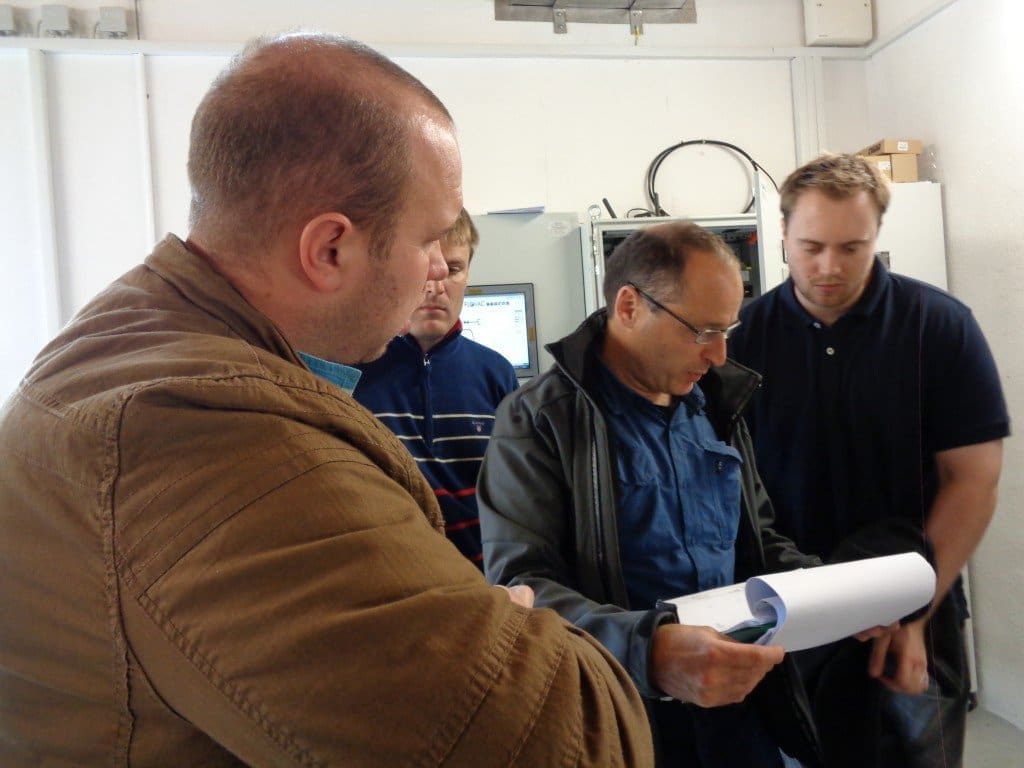
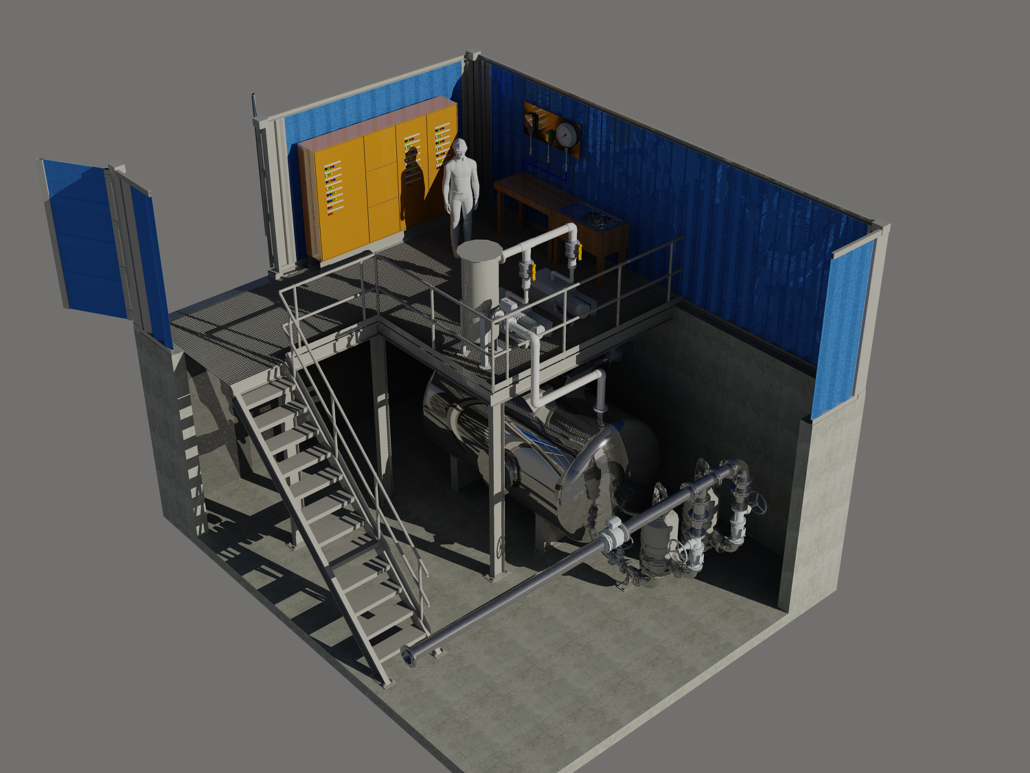
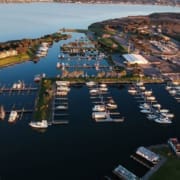
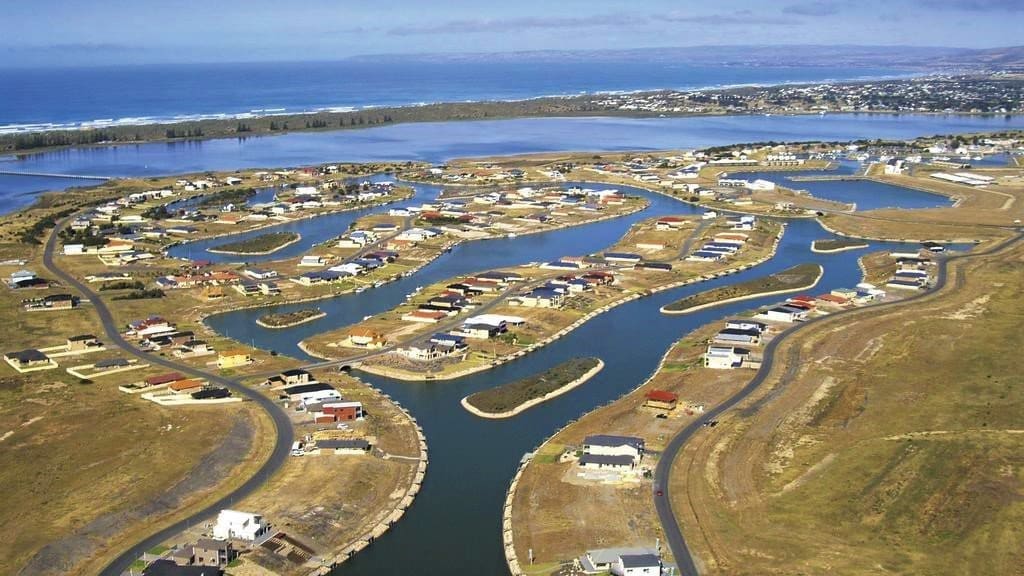
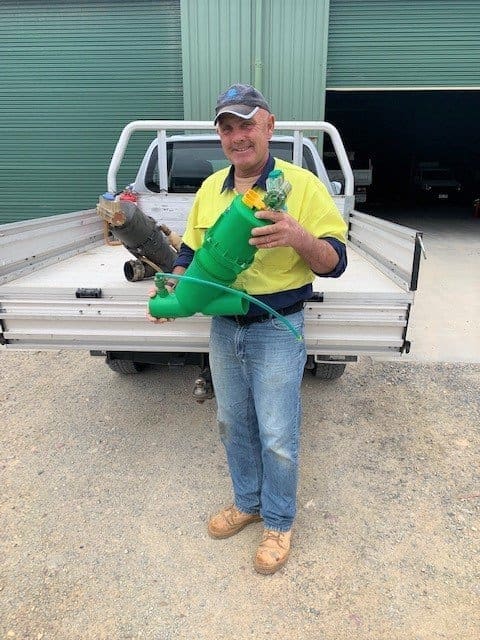 1. What is your role at Coorong Quays?
1. What is your role at Coorong Quays?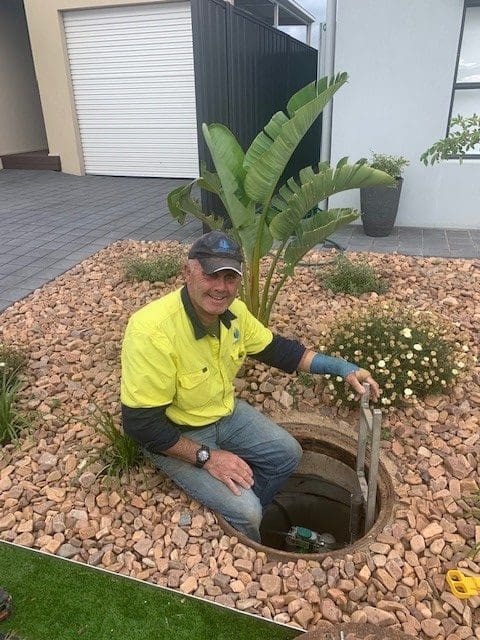 4. What are some of the main benefits of the Flovac Vacuum Sewerage System in your view?
4. What are some of the main benefits of the Flovac Vacuum Sewerage System in your view?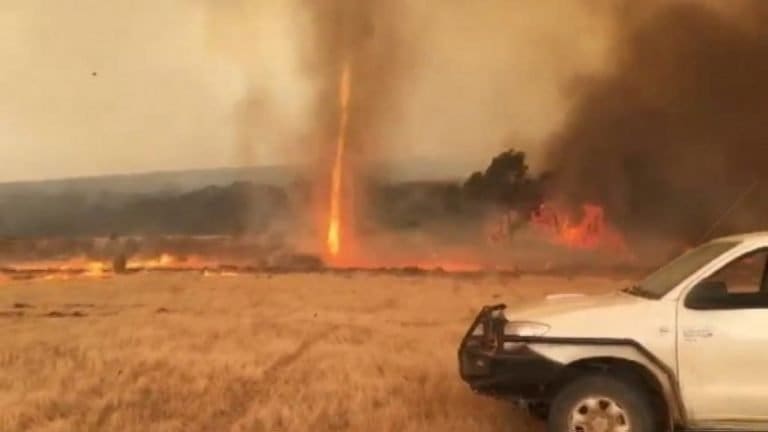 6. What do you think of FVS systems in general?
6. What do you think of FVS systems in general?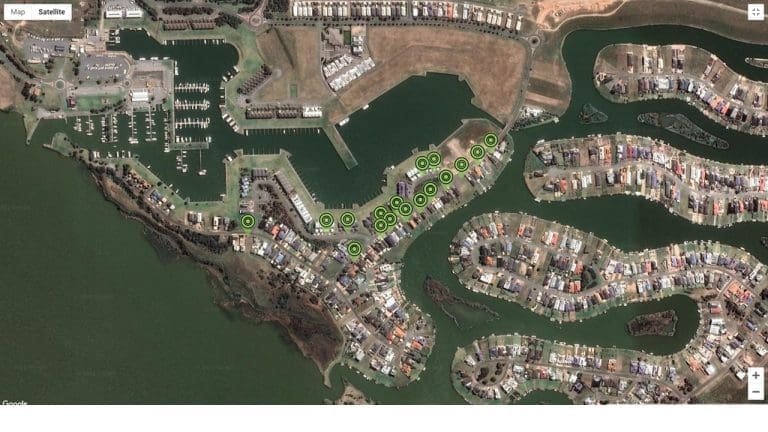 8. Has Flovac provided good support to you and your team?
8. Has Flovac provided good support to you and your team?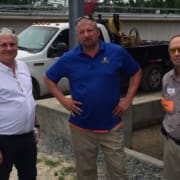

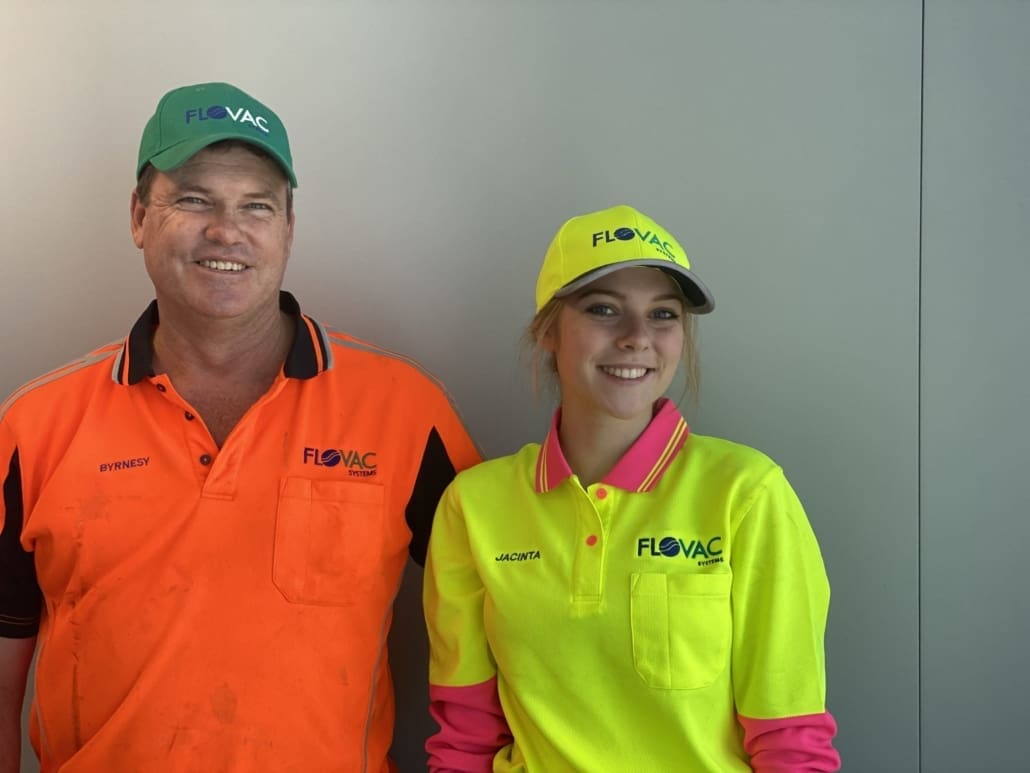
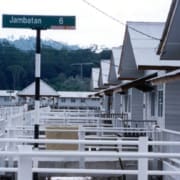


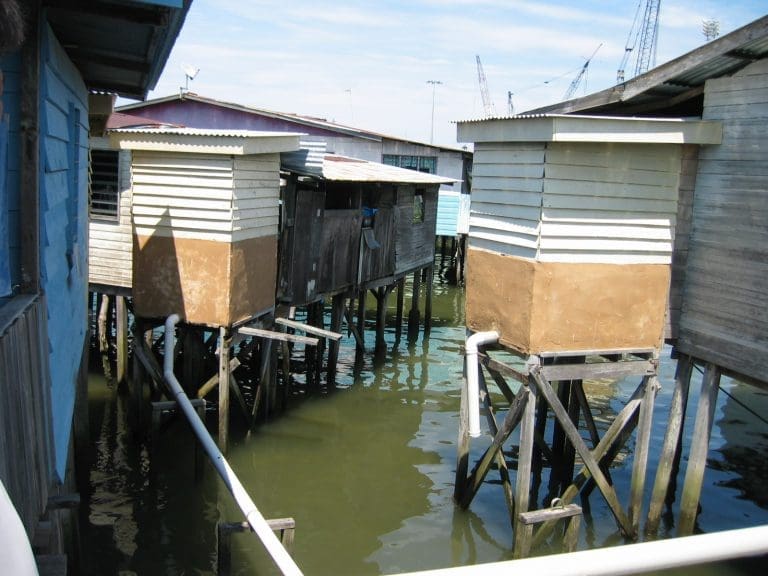 The pipework sloping to a gravity main below the houses close to the surface of the water was cut many times by local residents as it was impeding the way that many residents got around the area in their boats. For hundreds of years the residents drove their small boats under their houses and around the village. All of a sudden plastic pipes were in the way. A simple solution – cut them.
The pipework sloping to a gravity main below the houses close to the surface of the water was cut many times by local residents as it was impeding the way that many residents got around the area in their boats. For hundreds of years the residents drove their small boats under their houses and around the village. All of a sudden plastic pipes were in the way. A simple solution – cut them.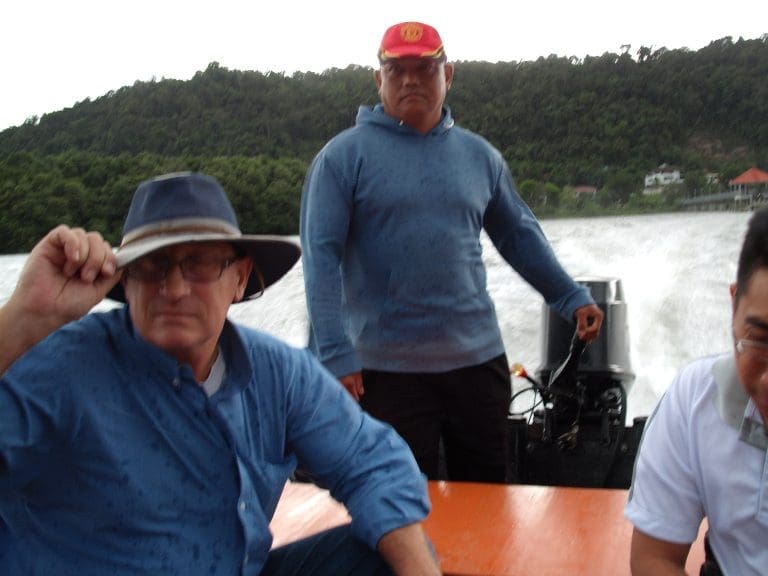 Our engineers received an award from the Institute of Engineers Australia for this project. Our operations group still goes to site whenever requested the the government to ensure that the system continues to work well.
Our engineers received an award from the Institute of Engineers Australia for this project. Our operations group still goes to site whenever requested the the government to ensure that the system continues to work well.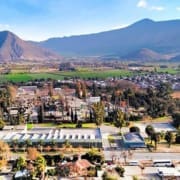
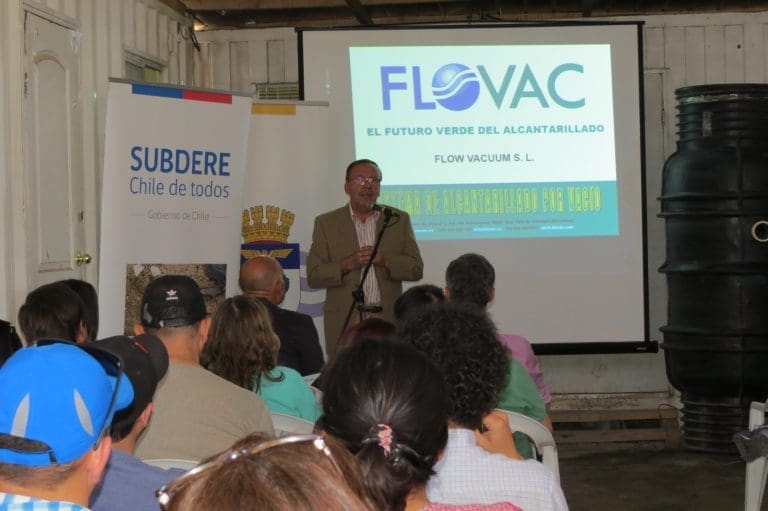
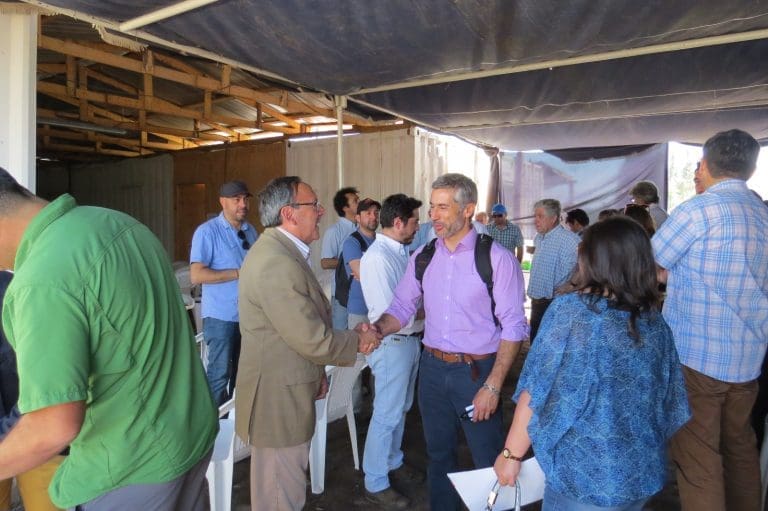
 For the regional manager of Subdere Valparaíso, Eduardo Pasten, the pioneering and innovative project that is implemented in Llay Llay, can be replicated in other cities of the country. He emphasizes the importance of the presence of representatives from all over Chile, “in order to be able to disseminate, and if applicable in the regions, to implement it,” Pasten said.
For the regional manager of Subdere Valparaíso, Eduardo Pasten, the pioneering and innovative project that is implemented in Llay Llay, can be replicated in other cities of the country. He emphasizes the importance of the presence of representatives from all over Chile, “in order to be able to disseminate, and if applicable in the regions, to implement it,” Pasten said.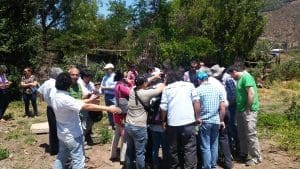 Flovac’s site supervisor on the project Francisco Rodríguez worked very closely with the large local contractor Montec to ensure a correct installation.
Flovac’s site supervisor on the project Francisco Rodríguez worked very closely with the large local contractor Montec to ensure a correct installation.

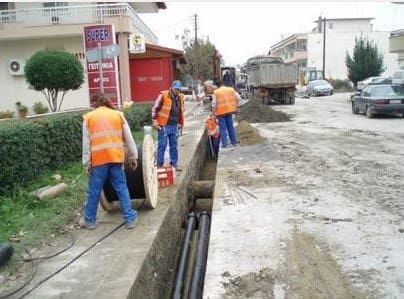 A high percentage of vacuum sewer installations around the world are in towns or communities that are mandated to convert from a septic tank system (or cesspool) to a conventional sewer system. Environmental factors are the main reason, as septic tanks, fine for small remote locations, are not acceptable once the town grows and the space required for a drainage field no longer exists. Many vacuum systems are also installed in areas where gravity sewers have failed or combined sewer systems are being phased out.
A high percentage of vacuum sewer installations around the world are in towns or communities that are mandated to convert from a septic tank system (or cesspool) to a conventional sewer system. Environmental factors are the main reason, as septic tanks, fine for small remote locations, are not acceptable once the town grows and the space required for a drainage field no longer exists. Many vacuum systems are also installed in areas where gravity sewers have failed or combined sewer systems are being phased out.
